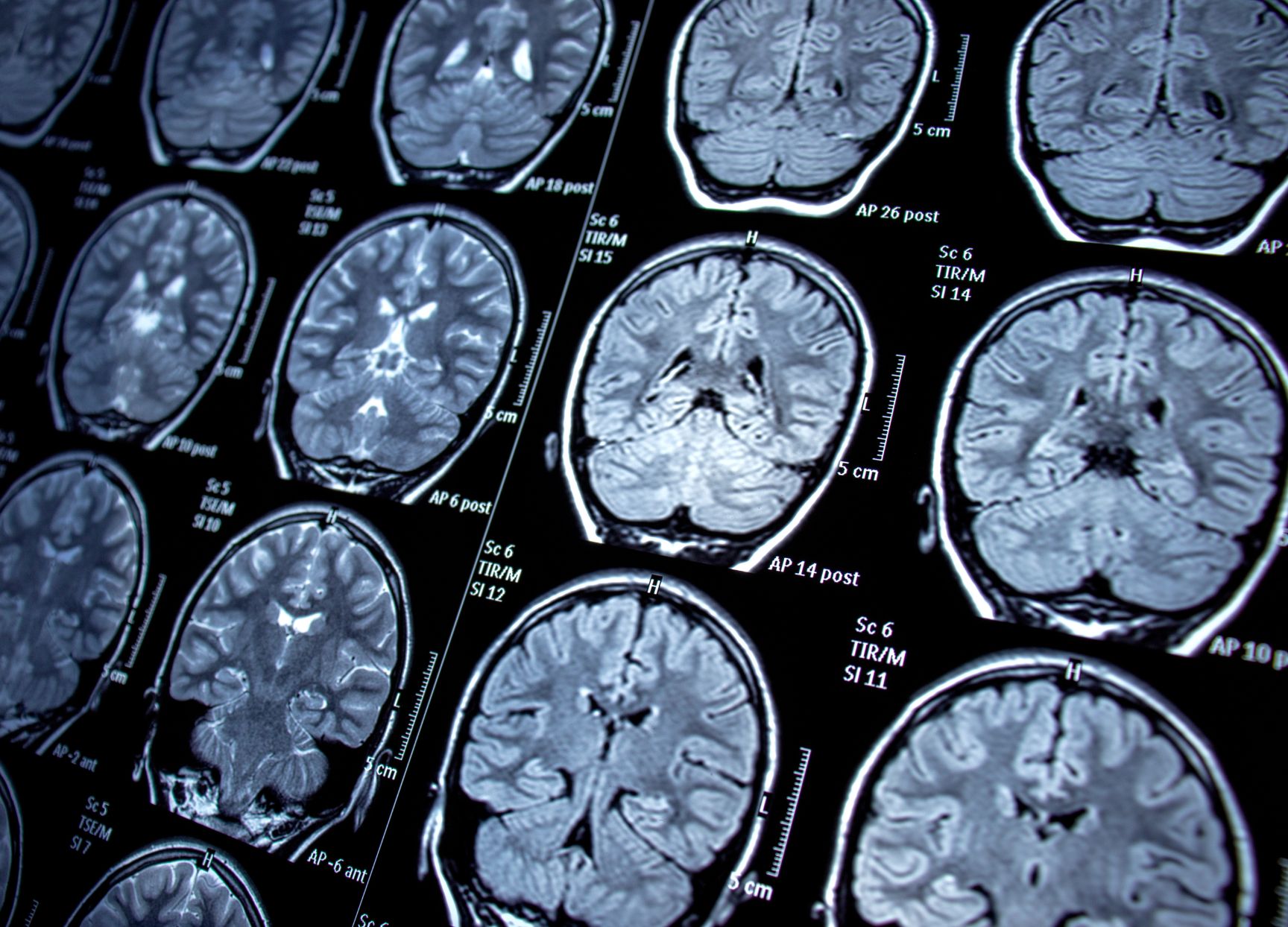Mr Erlick Pereira
Consultant Neurosurgeon
Specialist expertise: Spine.
Movement disorders are a group of nervous system (neurological) conditions that cause abnormal increased or decreased movements which can be intrusive and cause problems with quality of life.

Parkinson’s disease (PD) is one of the most common movement disorders affecting adults and occurs when brain cells that make dopamine, a chemical that helps transmit messages between brain cells involved in coordinating movement, stop working.
In most cases, the cause of PD is unknown. An understanding of the complex genetic, environmental, ageing and other factors that lead to PD emerging in any one person is a focus of many research studies. Because PD can cause tremor, slowness, stiffness, and walking and balance problems (motor symptoms), it is called a “movement disorder.” But “non-motor” symptoms including constipation, depression, sleep problems and memory problems can also be part of Parkinson’s disease.
Parkinson’s disease is a lifelong and progressive disease, which means that symptoms slowly worsen over time.
Age is the greatest risk factor for Parkinson’s disease and mainly due to an ageing population, the number of people with PD may well double by 2040. It is likely that as we age, brain cells become more susceptible to damage and the way that the ‘expression’ of our genes change as we age may in some people set off a chain of cellular events that leads to Parkinson’s disease.
The average age of symptom onset in Parkinson’s disease is around 60-65 years. However, the age range at which symptoms can present is broad, and whilst rare, symptoms can occur from the age of around 30 years and at the other end of the scale can first begin after the age of 80 years. These symptoms can be managed and minimised by our private movement disorder specialists at OneWelbeck.
Movement disorders are a group of nervous system (neurological) conditions that cause abnormal increased or decreased movements which can be intrusive and cause problems with quality of life. Movement disorders can manifest in many ways, with symptoms that range from being very mild to disabling.
The following are all movement disorders that can be caused by a number of neurological syndromes and diseases:
A further related movement disorder is Ataxia, a disorder of coordination and balance and is caused by problems with the cerebellum at the back of the brain.
Isolated (essential) tremor, previously called “familial tremor” or “benign essential tremor,” is one of the most common movement disorders and may run in families. When severe, it is certainly not “benign” and can affect the ability to eat, drink, write or perform other activities of daily living.
Ataxia can occur with a range of health problems affecting the cerebellum including vascular damage, nutritional and vitamin deficiencies and genetic mutations.
Dystonia, like most movement disorders, is likely to be caused by a problem with neurotransmitters and circuitry in the part of the brain called the basal ganglia, a part of the brain which helps to control movement. The causes may be genetic or due to metabolic or structural damage to the brain. Cervical dystonia which causes a jerky head tremor and abnormal posture is one common cause.
Chorea is less common and can be caused by genetic conditions such as Huntington’s disease, immune and inflammatory disorders, some medication, and vascular changes in the brain.
The commonest cause of tics is probably Tourette’s syndrome.
The treatment plan for a person affected by any movement disorder involves being seen and assessed, sometimes more than once and having any necessary investigations (brain scans and blood tests typically).
Once this is complete and the diagnosis has been explained by your Neurologist, if the symptoms are intrusive then treatment options to relieve symptoms will be offered. These can include medications in tablet form, injections into the overactive muscles (botulinum toxin) and even surgery. In parallel with these treatments, lifestyle modification advice and therapy (physiotherapy, occupational therapy, speech and language therapy and psychological therapy) may help with symptom control.
We are able to offer appointments to referred paediatric patients aged 12-18. For full information on our paediatrics service, please visit our main Paediatrics page.
Currently selected day
Available consultations
We have brought together a group of leading neurologists, neuroradiologists, and neurophysiologists to create our Neurology team. With over 300 years of combined experience, these expert clinicians are the best in their field providing services that integrate across multiple specialties.